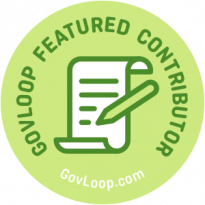When changes occur in organizations, it is natural for individuals to experience an inner psychological process of transition as we begin to understand the broader impact of the change on the current and future state of our work. The Bridges Transition Model is a well-known model used in organizational development to help understand and manage what we experience as we work through organizational changes. Understanding and applying this model can help you successfully navigate change with less stress and anxiety.
3 Transition Phases

The Bridges Transition Model consists of three phases: Endings, Neutral Zone, and New Beginnings. Each phase is described below, along with practical suggestions for self-management techniques as you traverse each phase.
1 – “Endings” (Letting Go)
The Endings phase is when you are getting a grip on what has come to an end, what you are losing because of the change, and what is staying the same. This can be an emotional time marked by fear, denial, and frustration. Be aware of your emotions and try to address them before your morale and engagement are negatively impacted.
Self-Management: Listen carefully to organizational communications and learn as much as you can about the change, why it is happening, and why it is needed. Focus on the facts and leave your judgment at the door. Also pay attention to what is not changing — this will help give you a sense of stability. Once you understand the “what” and the “why,” figure out what aspects of the change could be beneficial, identify what is ending, and accept that change is occurring. Try to give yourself a sense of closure by completing tasks affiliated with the old way of doing things, saying “goodbye” to previous project team members if applicable, and taking time to celebrate the past and your associated accomplishments.
2 – “Neutral Zone” (Navigating Uncertainty)
The Neutral Zone is a transitional state between the old way of doing things and the new way. Typically, this is a period of flux when the new processes or way of doing things have not been fully implemented yet. This can be an uncomfortable time! However, this phase can also lead to creative thinking, innovation, and new possibilities.
Self-Management: Keep listening to organizational communications, and remind yourself of the “why” and rationale for the change. Look for ways that you can be a part of the change or begin implementing the new way of doing things. Consider volunteering to participate on change teams or tiger teams, if the opportunity arises. If it helps you feel better during this period of flux, remind yourself of what is not changing, i.e., what is staying the same. Encourage yourself to have an open mindset and embrace opportunities to learn and explore new ways of working. If uncertainty is weighing on you, seek support and find ways to keep yourself motivated.
3 – “New Beginnings” (Embracing Change)
The New Beginnings phase marks the full implementation of the change or new way of doing things, when you have fully embraced the new normal and feel a sense of energy and renewal. Congratulations — you’ve made it through to the other side!
Self-Management: Continue to adopt the new way of doing things and provide support to your colleagues when needed. Look for opportunities to demonstrate that you have accepted the changes and are fully embracing the organization’s vision. Your efforts will be appreciated and may even be recognized by your superiors. This is also a good time to set new goals for yourself and devise an action plan to achieve them, especially if you can align your goals with the organization’s vision for the future. Goal setting and action planning will give you a sense of purpose, which will help you maintain your momentum, energy, and motivation.
As you progress through each phase, keep in mind that you may experience some overlap between the phases. This is normal and is merely a reflection of the nature of change. Also remember that humans naturally resist change. If you feel strong resistance to the change early on or throughout the change implementation process, remind yourself that your feelings are natural and try to identify any aspect of the change that might be beneficial to you or your work. Change isn’t easy, but by understanding what you are experiencing and proactively addressing it, you can help make it more tolerable, less stressful —and you may even discover some positive aspects along the way.
Dr. Lauren Forgacs is an organizational development psychologist and applied positive psychologist, with more than six years of service in the federal government and 20 years of private sector experience, including award-winning accomplishments with a top five management consulting firm. She provides expert guidance and customized solutions to federal leaders on organizational development and culture, change management, leadership, teambuilding, employee engagement, and psychological safety. She is an expert on human-centered leadership and recently developed a year-long, cohort-based training program to enhance enterprise-wide leadership skills, organizational effectiveness, and the employee experience. Dr. Forgacs has held several leadership positions, effectively leading and motivating remote, hybrid, and on-site teams. She is also a certified federal leadership coach and a Gallup-certified strengths coach.





Leave a Reply
You must be logged in to post a comment.